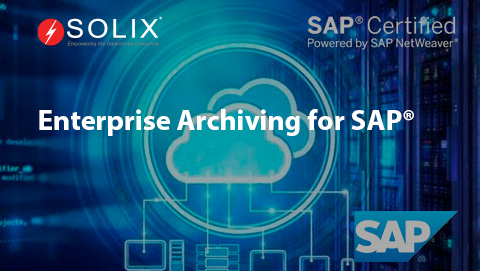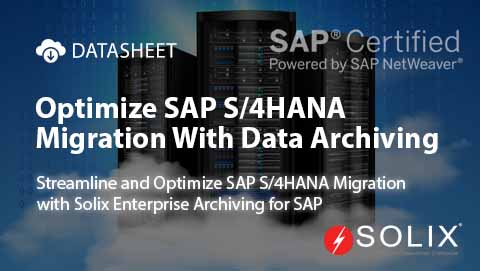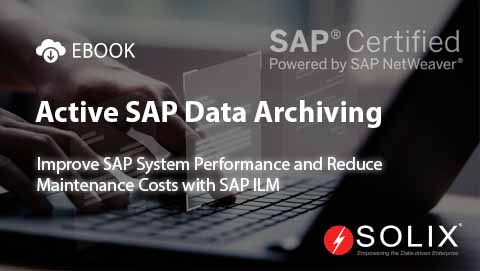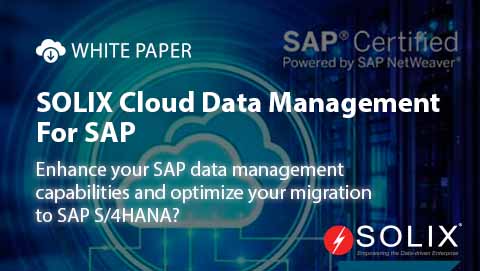SAP End Of Life Transition Survival Guide
So, youre navigating the treacherous waters of the SAP End Of Life transition Youre not the only one feeling this way. Many organizations find themselves grappling with the complexities of transitioning away from SAP products that are no longer supported. Understanding this landscape is critical for maintaining seamless business operations. In this SAP End Of Life Transition Survival Guide, well equip you with insights, personal anecdotes, and actionable steps to make an informed transition.
One of my friends, a CIO at a mid-sized manufacturing firm, recently went through this challenge. He was worried, not just about the technicalities but also about how his team would adapt to new systems. It was a nerve-wracking time, but he learned invaluable lessons that you can leverage as you embark on your own journey!
Understanding the Implications of SAP End of Life
First, its vital to understand what SAP End Of Life (EOL) means. When SAP announces the end of support for a product, customers are no longer eligible for critical updates, security patches, or technical support. This can leave organizations exposed to risks and operational hiccups.
Imagine your organization relying on a system without updates or support! Security vulnerabilities could compound, leading to significant data breaches or business interruptions. You wouldnt want to be in that situation, especially when sensitive customer or company data is at stake.
This uncertainty underscored why my friend took proactive measures. He realized that understanding the implications of EOL was just the first step in safeguarding his organizations future.
Assessing Your Current SAP Environment
Once you grasp the seriousness of the EOL situation, its time to evaluate your existing SAP setup. Conducting a comprehensive assessment allows you to gauge what systems are critical for your operations and what can be phased out. This requires collaboration with both your IT department and business unit leaders.
For my friend, open conversations with all stakeholders proved immensely beneficial. They mapped out user requirements, important integrations, and potential system overlaps. This clarity allowed for a more focused plan on how to proceed, avoiding the scattering of resources across disjointed projects.
Creating a Transition Strategy
With a deeper understanding of your existing systems, the next step in the SAP End Of Life Transition Survival Guide is to devise a solid transition strategy. A well-structured plan will outline timelines, a roadmap for system replacement, and steps for staff training and support.
Heres where my friend started getting creative. He decided on a phased rollout of a new platform rather than a complete overhaul at once. This was crucialphased transitions allow teams to adjust more smoothly while minimizing disruption. They piloted the new solutions with select teams before a full-scale rollout, gathering feedback along the way.
Choosing the Right Replacement
Finding a suitable replacement for your SAP systems can feel overwhelming, but it doesnt have to be. You want to choose a solution that seamlessly integrates with your business needs and future growth plans. For many organizationslike my friendscloud-based solutions can be an excellent choice for flexibility and scalability.
During his search, he came across solutions offered by Solix. Their data management platform had positive testimonials and addressed critical data governance issues, specifically designed to ease the transition from legacy systems. You might want to explore Solix Cloud Data Management Solutions to see if they fit your needs.
Training and Change Management
Transitioning isnt just about technology; its also about people. Implementing new systems brings about change, and managing that change is essential for ensuring user adoption. My friend invested heavily in training sessions, providing resources, and maintaining open lines of communication.
Regular check-ins were crucial. After each phase of the rollout, they gathered insights and made adjustments as necessary. Those who felt nervous about the change were now advocates for the new system. This cultural shift made all the difference in their ultimate success.
Data Migration Considerations
Another significant aspect of the SAP End Of Life transition is data migration. Properly managing this ensures that no valuable business data is lost and that your new system is optimized from the start.
My friend was fortunate to work alongside experts familiar with the nuances of data migration. They emphasized the importance of data cleansing and the validation process, ensuring all migrated data was accurate and functional in the new environment.
Reviewing Compliance and Security
As you transition away from your SAP systems, its vital to consider compliance and security implications. New environments bring about different regulatory requirements and potential vulnerabilities. Establishing robust security measures is non-negotiable.
My friends team worked with legal and compliance experts to ensure all bases were covered. They implemented regular audits to reinforce compliance and security, providing peace of mind as they navigated this tricky terrain.
Monitoring Post-Transition and Continuous Improvement
Finally, the journey doesnt end with successful implementation. Monitoring your new systems performance and gathering user feedback continuously is essential. This practice will help you stay ahead of any issues and improve efficiency and user satisfaction.
My friends organization established an improvement committee to study system performance and solicit suggestions from users actively. This initiative transformed them into early adopters, keen to innovate and optimize their new environment continually.
Wrap-Up and Next Steps
Transitioning from SAP products marked for end of life doesnt have to be a nightmare scenario. With the right approachcharacterized by adequate assessment, targeted strategy, engaging change management, and ongoing evaluationsyou can smoothly transition your organization into the future. Accessing robust solutions like Solix Cloud Data Management Solutions can enhance your efforts in this crucial phase.
If you have further questions or need personalized assistance navigating your SAP End Of Life transition, dont hesitate to reach out to Solix. The team is ready to help Call 1.888.GO.SOLIX (1-888-467-6549) or contact them at this link
Author Bio Ronan has spent over a decade navigating the complexities of enterprise software transitions, particularly regarding challenges like those found in the SAP End Of Life Transition Survival Guide. His real-world experiences provide unique insights that help organizations navigate these critical moments effectively.
Disclaimer The views expressed in this article are my own and do not reflect the official position of Solix.
I hoped this helped you learn more about SAP End Of Life Transition Survival Guide. With this I hope i used research, analysis, and technical explanations to explain SAP End Of Life Transition Survival Guide. I hope my Personal insights on SAP End Of Life Transition Survival Guide, real-world applications of SAP End Of Life Transition Survival Guide, or hands-on knowledge from me help you in your understanding of SAP End Of Life Transition Survival Guide. Sign up now on the right for a chance to WIN $100 today! Our giveaway ends soon‚ dont miss out! Limited time offer! Enter on right to claim your $100 reward before its too late! My goal was to introduce you to ways of handling the questions around SAP End Of Life Transition Survival Guide. As you know its not an easy topic but we help fortune 500 companies and small businesses alike save money when it comes to SAP End Of Life Transition Survival Guide so please use the form above to reach out to us.




